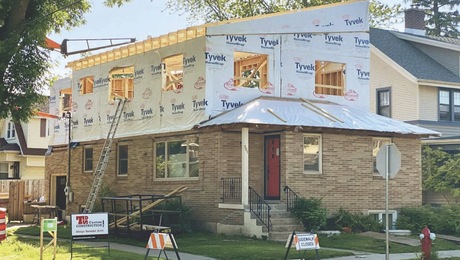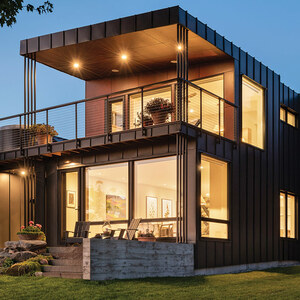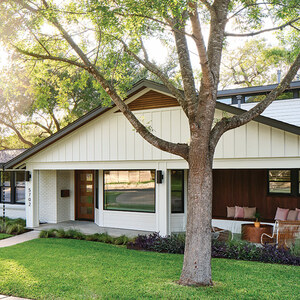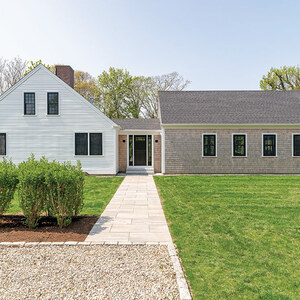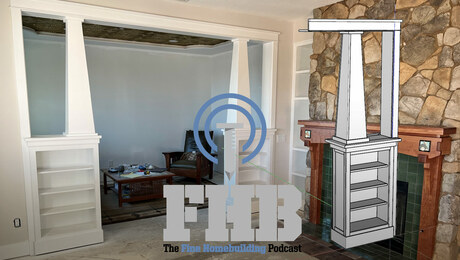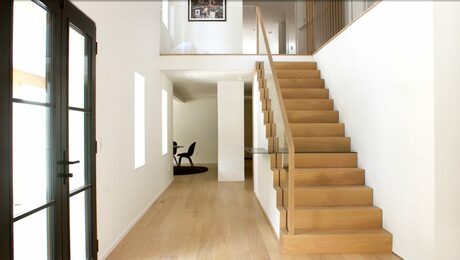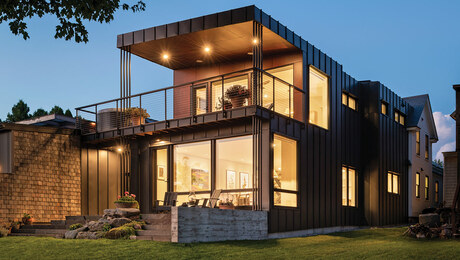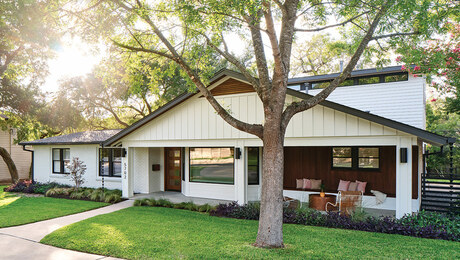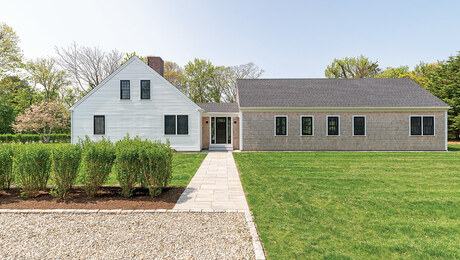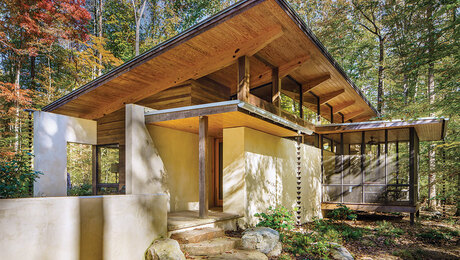The American House: Where Did We Go Wrong?
Cheap fossil fuels led us astray. Here’s a look at how it happened.
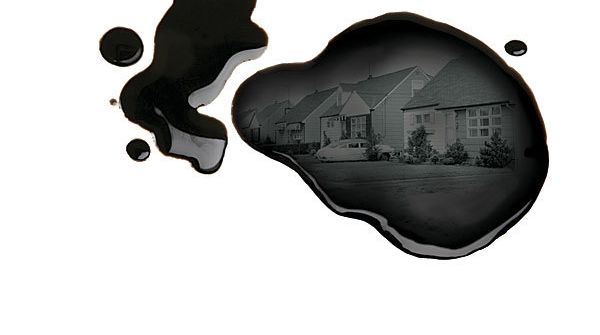
Synopsis: When considering where things have gone wrong with the American house, editor at large Kevin Ireton says that accessibility to inexpensive fossil fuels led us astray. With the advent of electricity at the turn of the century, American homes could be outfitted with electric lights; then electric appliances found their way into homes. In the 1930s, at a point when rural homeowners were beginning to explore wind-generated electrical power, the Rural Electrification Act, a New Deal program, effectively squelched the development of a crucial renewable resource. Air-conditioning also played a role, leading homeowners and builders to create cheaper houses by using flimsier materials and ignoring insulation. Although the oil embargo of the 1970s got Americans thinking about renewables and insulation, the return of cheap oil in the 1980s provided another setback on that front. Today, energy is easily accessible, says Ireton, and remains easy to waste.
The houses we build today evolved in response to the availability of cheap fossil fuels. That’s why you can routinely find new houses in Texas with air-conditioning systems installed in uninsulated, 140ºF attics and homes in New England with no windows on the south side. There are two problems with building this way. The first is simple: Fossil fuels are a finite resource. We’re going to run out of them.
The second problem is more complicated, and more controversial: Powering our houses with fossil fuels is damaging the planet, whether from mountaintop removal of coal, oil spills in the Gulf, or global warming. The environmental problems may be too abstract or too frightening or too politically charged for many to acknowledge; however, we can all agree that the costs of gasoline, propane, natural gas, fuel oil, and electricity are going up. Whether you’re focused on diminishing supplies of fossil fuels, damage to the environment, or damage to your bank account, the necessary response is the same: We need to build better houses that are less dependent on fossil fuels.
Ironically, we already know how to do that. Unlike the car industry, which is mostly chasing improvements in fossil-fuel economy, the home-building industry has the technology and the knowledge right now to build houses that use little or no fossil fuel. Off-the-grid houses, net-zero houses, and passive houses have proven what’s possible and shown the ways to achieve it. Now the chief question is this: How do we get from here to there? While I can’t necessarily answer that question completely, I can begin by looking back and trying to understand how we got here in the first place.
Connecting to utilities, disconnecting from consequences
Before the Civil War, most of the houses in this country were built of local materials. They were heated by fireplaces or cast-iron stoves that burned wood or coal. Lighting came from candles, oil lamps, and the sun. Water was carried in and out. Backyard privies and chamber pots dealt with human waste. Compared to most homes today, these antebellum houses were pretty green and pretty sustainable (if decidedly less comfortable). All of that changed over the next 100 years.
The explosive growth of the railroads, including the completion of the transcontinental line in 1869, meant that lumber and other building materials could be shipped all around the country. As soon as milled lumber was available, log and timber construction declined. Homesteaders on the Great Plains abandoned their straw-bale and sod houses. By the turn of the century, Sears was shipping doors, windows, and sinks all over the country. In 1908, the company started shipping entire precut homes. But while the railroads connected houses to sawmills and to manufacturing plants, it was another series of connections that really began to change how we lived.
For a timeline and more details on how cheap fossil fuels hurt American homes, click the View PDF button below.
